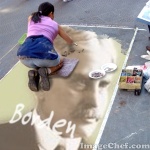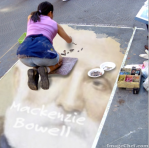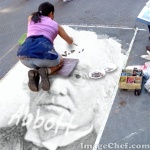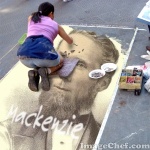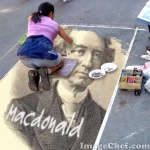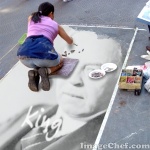
William Lyon Mackenzie King was Canada’s 10th Prime Minister (1921-1926, 1926-1930, 1935-1948)
1) One of his elementary school teachers in Berlin (Kitchener) was William Diefenbaker, whose son John also became a Prime Minister. [Note: the author of this blog also attended the same Kitchener school.]
2) Decides to become a Presbyterian minister, but instead ends up working briefly as a police reporter for the Toronto News, then the Globe.
3) In the 1921 election, the York North riding was contested by William Lyon Mackenzie King (Lib.) (the winner), John Alexander Macdonald Armstrong (Cons.) and Ralph Waldo Emerson Burnaby (Progressive).
4) Enjoys 26 years of companionship with his three Irish terriers, first Pat (1924-1941), then Pat (1941-1947), and finally Pat (1948-1950). The first two were gifts from his good friends Godfroy and Joan Patterson. King purportedly cancelled a wartime cabinet meeting to look after his ailing pet.
5) His closest nephew, also named William Lyon Mackenzie King, dies after his ship is torpedoed by the Germans in the Second World War. ‘Lyon’ was a doctor and naval officer.
from Unknown and Unforgettable: A Guide to Canada’s Prime Ministers

